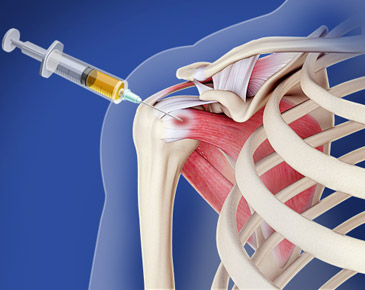Table of Contents
The writers keep in mind hurdles that remain, including boosting the engraftment success and cell survival. Due to the fact that the ISCI and Miller Institution are leaders around, the writers likewise worry the demand to standardize interpretations and end results measures in the area. "The Hare Laboratory remains at the forefront of pioneering new therapies in this crucial medical domain.
Now we are discovering exactly how to harness such stem cells to assist patients heal their very own damaged hearts."The research is routed by the Cedars-Sinai Heart Institute, with the partnership of the Johns Hopkins University, where Dr. Marbn worked before signing up with Cedars-Sinai in 2007. The 24 patients taking part in the research study have hearts that were harmed and marked by cardiac arrest.

It takes around four weeks for the cells to multiply to numbers enough for restorative usage, approximately 10 to 25 million. In the third and final step, the now-multiplied stem cells are re-introduced into the client's coronary arteries during a second catheter procedure. All clients in the study had to have knowledgeable cardiovascular disease within four weeks prior to enrolling in the research study job.
Later on this summer, it is prepared for that 12 more people will undergo procedures to obtain 25 million stem cells, while 6 added clients will be monitored as controls. The very first person, Kenneth Milles, a 39-year-old controller for a small building and construction firm in the San Fernando Valley, experienced a cardiac arrest on May 10 as a result of a 99 percent clog in the left anterior coming down artery, a significant artery of the heart.
The procedure to expand the cardiac-derived stem cells associated with the research study was established by Marbn when he was on the professors of Johns Hopkins College. The college has actually applied for a patent on that intellectual building, and has licensed it to a company in which Dr. Marbn has an economic passion.

All funding was obtained from the National Institutes of Health, the Donald W. Reynolds Foundation and Cedars-Sinai Medical. Marbn holds The Mark Siegel Household Foundation Endowed Chair and Supervisor of the Heart Institute.
How to access stem cell therapy for Heart Disease
Stem cell therapy for heart failure has emerged as a new method to deal with and manage the core of the condition.
Stem cell treatment can help to relieve symptoms and improve the heart's pumping ability. This treatment makes use of the ability of stem cells to self-regenerate and self-heal. Complying with the admission of stem cell shots for heart disease, numerous mechanisms enter into play: Stem cells for heart failing advertise the development of specialized heart muscular tissue cells and restore harmed tissue, enhancing the heart's pumping capability.
These are types of grown-up stem cells that are gotten from bone marrow, fat tissue, and skin cells. These are the most typical and well-researched types of stem cells.
These are acquired from embryos and have the pluripotent capacity to transform into any kind of cells, consisting of heart ones. The main problem with these cells is that, as they are drawn from embryos, they have several ethical and lawful limitations and are only utilized in particular situations. for the factors stated over.
Is stem cell therapy right for High Blood Pressure with stem cells?
These cells come from in the heart and are well-suited to cardiac repair service. Please, call our clinical consultant to discuss your health condition with a specialist in regenerative medicine. You can additionally leave your get in touch with details for a callback. It is free and private. Clinical Expert, Swiss Medica physician The application and treatment of stem cell treatment includes 5 steps: People begin with an online assessment with our medical consultant and are after that examined by a cardiologist, that will obtain the required case history, do blood tests, and request imaging researches to establish whether stem cell therapy for cardiac arrest is a sensible choice.
We carry out stem cells through pain-free stem cell injections for congestive heart failing. An extremely trained physician will certainly infuse refined stem cells into the bloodstream; the whole procedure takes much less than an hour. After ending up the coronary infarction stem cell treatment procedures, our clients will certainly be monitored for any difficulties and results.
Navigation
Latest Posts
Are there supportive options for Heart Disease in today’s clinics?
Breaking down the use of stem cells for Arrhythmias
Are there supportive options for Atherosclerosis with stem cells?